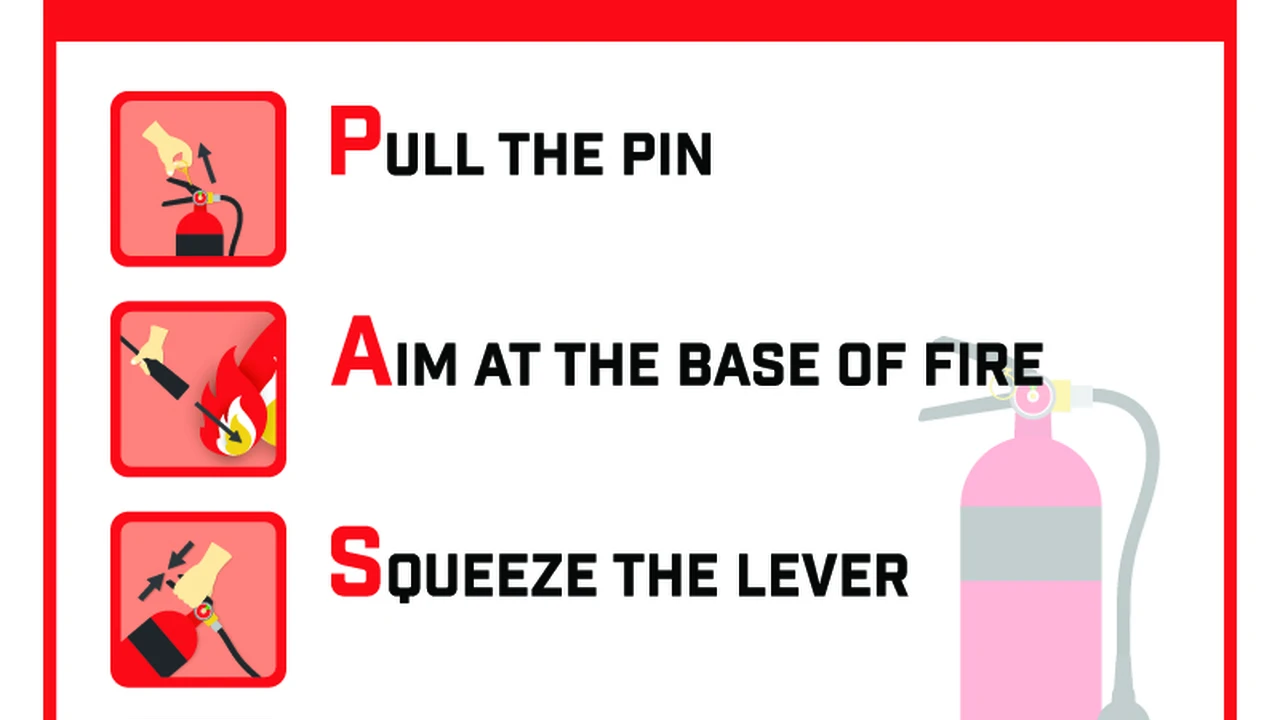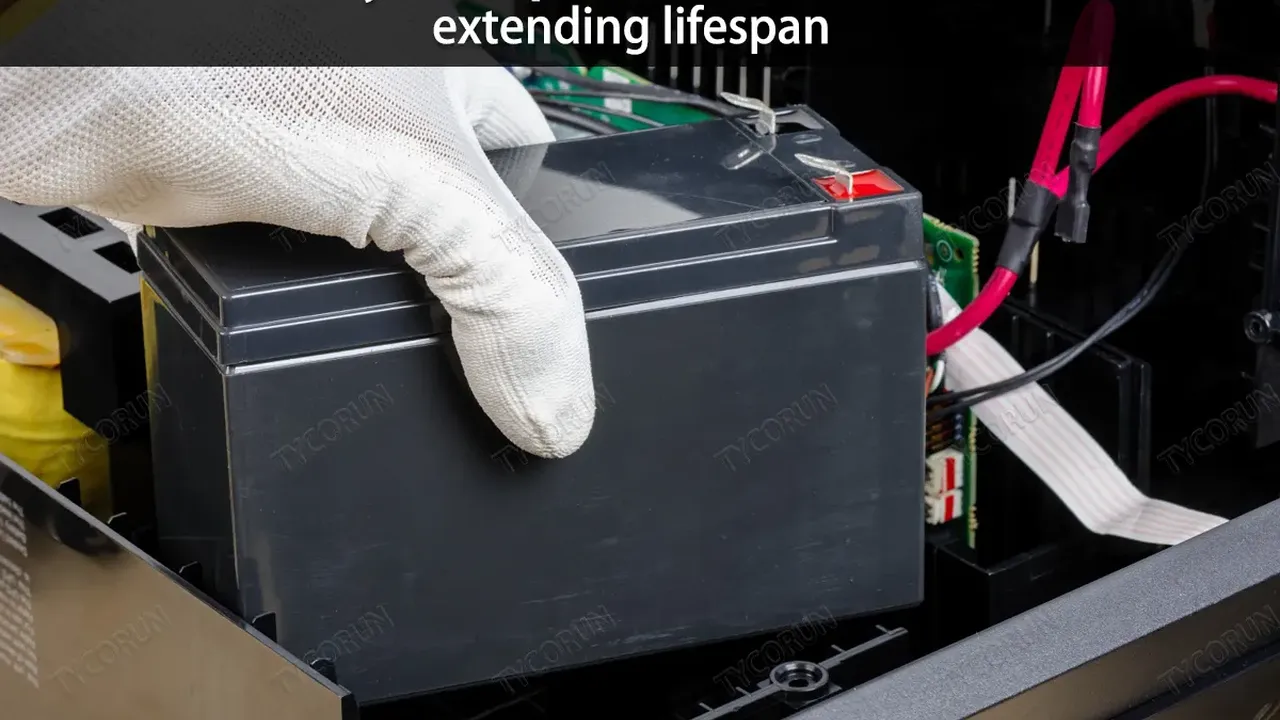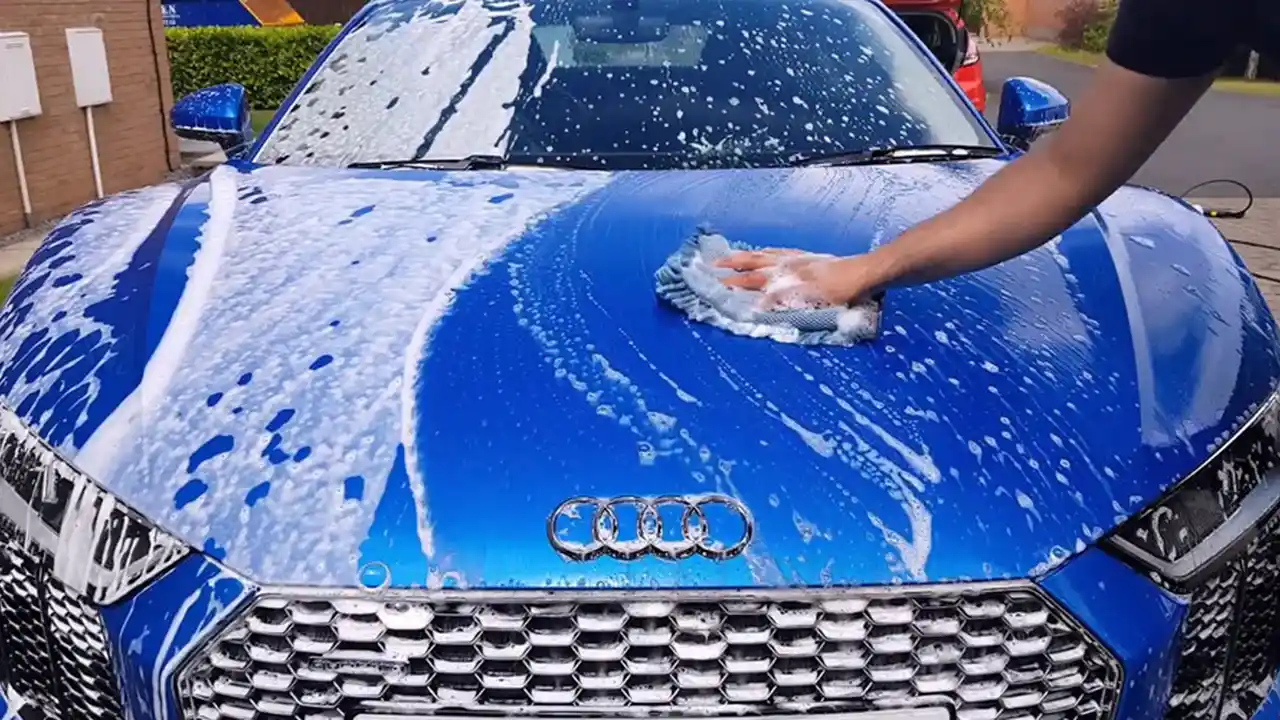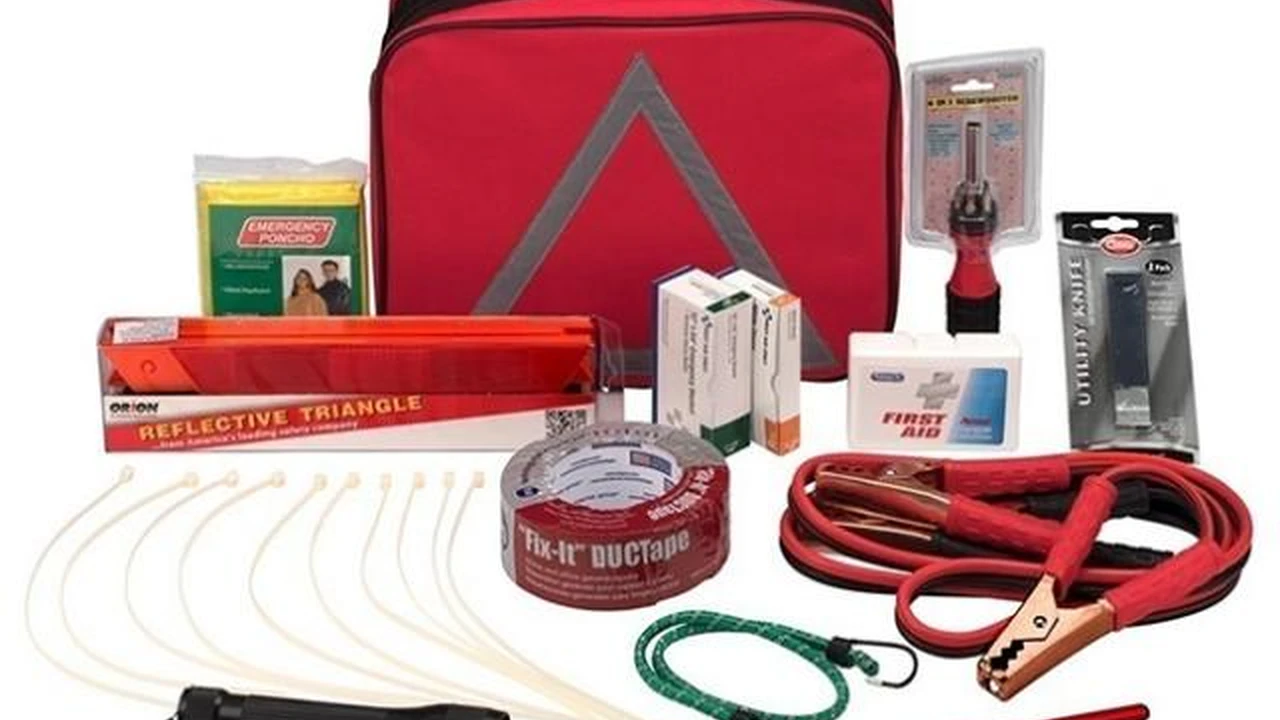How to Use a Fire Extinguisher in a Car Fire: Safety First

Understanding Car Fires: Risks and Prevention Strategies
Okay, so car fires. Not exactly a fun topic, but a super important one. They can happen for all sorts of reasons – mechanical failures, electrical issues, even just plain old accidents. The key is to be prepared and know what to do. Prevention is always better than cure, right? So, let's talk about some things you can do to minimize the risk of your car turning into a bonfire.
First off, regular maintenance is crucial. Get your car serviced regularly, especially paying attention to the fuel lines and electrical system. Leaking fluids and frayed wires are prime fire starters. Also, avoid overloading your electrical system. Too many gadgets plugged in at once can strain the wiring and cause a short circuit. And lastly, if you smell gas or burning plastic, don't ignore it! Get it checked out immediately. It's better to be safe than sorry.
Immediate Actions: What to Do When You See Smoke
Alright, so you're driving along, and suddenly you see smoke billowing from under the hood. Panic? Nope. Controlled action is what we're going for here. First, pull over to the side of the road as quickly and safely as possible. Make sure you're away from traffic and other potential hazards. Turn off the engine immediately. This cuts off the fuel supply and can help prevent the fire from spreading.
Next, get everyone out of the car and a safe distance away – at least 100 feet. Call emergency services (911 in the US) and let them know what's happening. Don't try to be a hero. Your safety and the safety of your passengers are the top priorities. Now, if the fire is small and you have a fire extinguisher, you *might* be able to tackle it. But only if it's safe to do so. More on that in a bit.
Choosing the Right Car Fire Extinguisher: ABC vs BC Rated Models
Not all fire extinguishers are created equal. For car fires, you'll want one that's rated for Class B and Class C fires. Class B fires involve flammable liquids like gasoline and oil, while Class C fires involve electrical equipment. An ABC fire extinguisher is even better because it can also handle Class A fires, which involve ordinary combustibles like wood and paper.
When choosing a fire extinguisher, consider the size. A smaller extinguisher might be easier to store, but it might not have enough oomph to put out a serious fire. A larger extinguisher will provide more firefighting power but might be bulkier. A good compromise is a 2.5-pound ABC fire extinguisher. It's small enough to store easily but powerful enough to handle most car fires. Make sure it's a dry chemical extinguisher, as these are most effective on car fires.
Here are a few product recommendations with approximate prices:
- Amerex B417T 2.5lb ABC Dry Chemical Fire Extinguisher: (~$60-$80) This is a highly rated and reliable option, known for its quality and effectiveness. Great for general use and recommended by many safety professionals.
- First Alert AUTO5 Fire Extinguisher: (~$20-$30) A more budget-friendly option that's still effective for car fires. Easy to use and compact.
- Kidde FA110 Multi Purpose Fire Extinguisher: (~$30-$40) Another solid choice with a good balance of price and performance. Features a pressure gauge for easy monitoring.
Comparison Table:
| Feature | Amerex B417T | First Alert AUTO5 | Kidde FA110 |
|---|---|---|---|
| Rating | ABC | BC | ABC |
| Weight | 2.5 lbs | 5 lbs | 1.4 lbs |
| Price (Approx.) | $60-$80 | $20-$30 | $30-$40 |
| Pros | High quality, reliable | Affordable, compact | Good balance of price/performance |
| Cons | More expensive | Smaller capacity | May not be as durable as Amerex |
Step-by-Step Guide: How to Use a Fire Extinguisher Effectively
Okay, you've got your fire extinguisher, and you've called 911. Now what? Remember the acronym PASS: Pull, Aim, Squeeze, Sweep.
- Pull the pin. This unlocks the operating lever and allows you to discharge the extinguisher.
- Aim the nozzle at the base of the fire. This is the most important part. You need to target the source of the fire, not just the flames.
- Squeeze the lever to release the extinguishing agent. Use a steady, even pressure.
- Sweep the nozzle from side to side, covering the entire area of the fire. Continue until the fire is extinguished.
Remember to stay upwind of the fire to avoid breathing in smoke and fumes. Also, keep a safe distance from the fire. If the fire is too large or spreading rapidly, don't try to fight it. Get to a safe location and wait for the fire department to arrive.
Safety Precautions: When NOT to Fight a Car Fire
This is a crucial point. There are times when you should *not* attempt to put out a car fire. If the fire is large or spreading rapidly, if you're not sure what's burning, or if you feel unsafe for any reason, just get away. Let the professionals handle it.
Specifically, if the fire is under the hood and you can't safely open it, don't try to force it open. The sudden rush of oxygen can cause the fire to flare up. Also, if the fire is near the fuel tank, evacuate immediately. There's a risk of explosion. Your life is worth more than your car.
Proper Storage and Maintenance of Your Car Fire Extinguisher
A fire extinguisher is only useful if it's in good working order. Store your fire extinguisher in an easily accessible location in your car, such as under the driver's seat or in the trunk. Make sure it's securely mounted so it doesn't roll around while you're driving.
Check the pressure gauge regularly to make sure the extinguisher is fully charged. If the gauge is in the red, the extinguisher needs to be recharged or replaced. Also, inspect the extinguisher for any signs of damage, such as dents, rust, or leaks. If you find any damage, replace the extinguisher immediately. Most fire extinguishers have a lifespan of 5-12 years, depending on the type and manufacturer. Check the expiration date on the extinguisher and replace it when it expires.
Additional Roadside Safety Tips: Beyond Fire Extinguishers
While a fire extinguisher is a great tool to have, it's just one piece of the roadside safety puzzle. Consider also having a well-stocked emergency kit in your car. This kit should include things like jumper cables, a flashlight, a first-aid kit, a blanket, and some non-perishable food and water.
Also, make sure you know how to change a tire and jump-start your car. These are basic skills that can come in handy in a roadside emergency. And lastly, always be aware of your surroundings and drive defensively. The best way to avoid a roadside emergency is to prevent it from happening in the first place.
Real-Life Scenarios: Car Fire Experiences and Lessons Learned
Let's hear some real-life stories. I've heard stories about quick action with a fire extinguisher preventing a small engine fire from turning into a total loss. On the flip side, there are tales of people trying to be heroes and getting injured because they underestimated the fire. The key takeaway? Assess the situation, prioritize safety, and don't hesitate to call for help.
One common theme in these stories is the importance of knowing your equipment. Practice using your fire extinguisher *before* you need it in an emergency. Familiarize yourself with the PASS method and understand how the extinguisher works. That way, when the pressure's on, you'll be ready to react quickly and effectively.
The Future of Car Fire Safety: Technological Advancements
The automotive industry is constantly evolving, and so is car fire safety. We're seeing more advanced fire suppression systems being integrated into vehicles, especially electric vehicles (EVs) which have unique fire risks due to their batteries. These systems can automatically detect and suppress fires, potentially preventing them from spreading.
We're also seeing advancements in fire-resistant materials being used in car construction. These materials can help slow the spread of fire and give occupants more time to escape. And of course, ongoing research is focused on improving battery safety in EVs to reduce the risk of battery fires. The future of car fire safety looks promising, with technology playing an increasingly important role in preventing and mitigating these incidents.
:max_bytes(150000):strip_icc()/277019-baked-pork-chops-with-cream-of-mushroom-soup-DDMFS-beauty-4x3-BG-7505-5762b731cf30447d9cbbbbbf387beafa.jpg)






